
In the vast lexicon of human communication, where symbols coalesce to form meaning, few characters possess the silent, yet profound, enduring power of the letter ‘D’. It stands as the fourth pillar of the Latin alphabet, a seemingly simple mark that has traversed millennia, carrying with it a rich tapestry of history, diverse phonetic expressions, and a surprising array of symbolic applications.
Like a seasoned athlete whose career spans generations, the letter ‘D’ has evolved, adapted, and consistently performed its vital role across countless languages and contexts. From its ancient origins etched in the dawn of writing to its ubiquitous presence in our digital age, ‘D’ is far more than just a sequential marker; it is a testament to the dynamic nature of language itself, a constant companion in our quest for articulation and understanding.
This journey into the essence of ‘D’ is not merely an academic exercise; it’s an exploration of how a single graphic symbol can encapsulate so much, reflecting cultural shifts, linguistic ingenuity, and the human impulse to codify the world around us. Let’s unearth the stories and significance woven into the very fabric of this remarkable letter.
1. **The Ancient Roots: Origins and Evolution of ‘D’**The story of ‘D’ begins far back in time, echoing through the corridors of ancient civilizations. Its earliest known ancestor is the Semitic letter ‘Dāleth’, a character that may have taken its form from the logogram for a fish or a door. This connection to a tangible, everyday object speaks volumes about the practical origins of early writing systems, where abstract concepts slowly emerged from pictorial representations.
Further back still, one can trace potential inspirations to numerous Egyptian hieroglyphs, suggesting a lineage steeped in the visual language of the Nile. As writing evolved, this Semitic ‘Dāleth’ underwent a transformative journey, eventually influencing the ancient Greeks, who adopted it as their letter ‘Delta’, visually represented by the triangular ‘Δ’. It’s fascinating to consider how these early forms, though distinct, shared a common phonetic heritage, consistently representing a /d/ sound.
From the Greek ‘Delta’, the letter found its way into the Etruscan alphabet, where, although it was considered archaic, its presence was still retained. It was through the Etruscans that the rounded form, so familiar to us today, eventually made its way into the Latin alphabet. This particular rounded ‘D’ from the Chalcidian alphabet became the foundational shape, a form that, remarkably, has persisted from those early Latin scripts right up to the present day, maintaining its fourth alphabetical position through centuries of linguistic development.
This historical continuity underscores not just the stability of fundamental linguistic elements but also the enduring power of effective design. The rounded, distinct shape of ‘D’ proved robust enough to survive numerous cultural and phonetic shifts, a silent testament to its initial efficacy and the logical progression of written language.
Read more about: Alabama Unpacked: Dissecting the Deep South’s Evolving Landscape, from Moundville to Marshall Space Flight Center
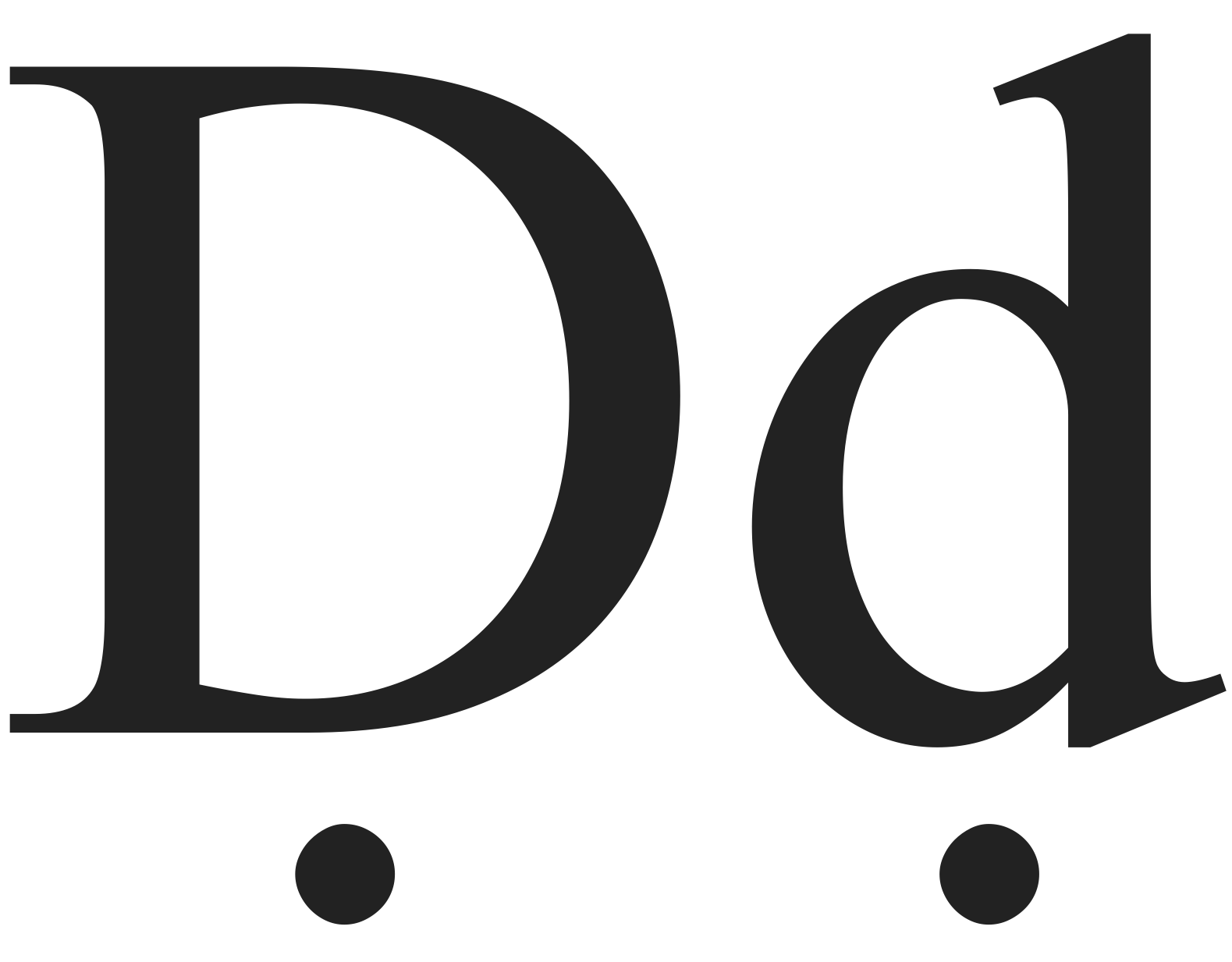
2. **From Majuscule to Minuscule: The Forms of ‘D’ Through History**The majestic capital ‘D’ and its more common, flowing sibling, the lowercase ‘d’, represent a fascinating chapter in the evolution of script. The minuscule form, with its lower-story left bowl and stem ascender, didn’t simply appear out of nowhere; it was a testament to the gradual, organic variations that occurred in handwriting as scribes sought efficiency and fluidity in their craft. Its development is a prime example of how everyday use shapes the tools of communication.
Initially, the minuscule ‘d’ most likely developed through subtle changes applied to its grander, majuscule counterpart, ‘D’. Over time, the arc of the capital letter was adapted, often starting to the left of the vertical stroke in early handwriting. This practice led to the formation of a distinct serif at the top of the arc, a small flourish that would prove influential in its subsequent transformation.
As scribes continued to refine their techniques, this initial serif was gradually extended, while the other parts of the letter were streamlined and reduced. This led to an angled stroke and a loop, moving further away from the strict geometric form of the capital ‘D’. Eventually, this angled stroke itself straightened out, evolving into the familiar vertical stem we recognize today, culminating in the composition of a stem with a full lobe to the right.
Crucially, this evolution was significantly influenced by Latin cursive forms of the 5th and 6th centuries, where the right-hand rounded line of the majuscule letter was often extended far above its junction with the main stroke. These cursive styles, along with the uncial script, provided the direct genetic material for the Carolingian minuscule, which in turn gave rise to our own modern minuscule ‘d’. It’s a compelling journey from an imposing capital to a nimble lowercase, reflecting the ever-present tension between legibility and efficiency in written expression.

3. **The Core Sound: ‘D’ in English Phonetics**In the symphony of the English language, the letter ‘D’ performs a consistent and vital role, primarily representing the voiced alveolar plosive, phonetically transcribed as /d/. This means that when we articulate a ‘d’ sound, our tongue makes contact with the alveolar ridge—the bony ridge just behind our upper front teeth—momentarily stopping the airflow, before releasing it with a burst of sound, all while our vocal cords are vibrating.
Beyond its core phonetic value, ‘D’ holds a respectable position in the frequency charts of English. It is, in fact, the tenth most frequently used letter in the English language. This speaks to its fundamental importance in word formation and its ubiquitous presence across our vocabulary, from common articles and prepositions to complex nouns and verbs. It’s a workhorse of the alphabet, quietly contributing to the structure of countless sentences.
Interestingly, the sound represented by ‘D’ in English has undergone a subtle yet significant historical shift. While its ancestors in Semitic, Greek, and Latin consistently represented a voiced dental stop—meaning the tongue pressed directly against the teeth—the English ‘d’ has evolved to become alveolar. This pronunciation, where the tongue presses against the gums rather than the teeth, is a key distinguishing feature of English phonology compared to many other European languages that still retain the dental articulation.
Furthermore, ‘D’ carries intriguing etymological weight within words of native English origin. Its sound often correlates with ‘t’ in German, ‘dh’ in Sanskrit, ‘θ’ in Greek, and ‘f’, ‘d’, or ‘b’ (initially or medially, respectively) in Latin. All these can be traced back to a common ‘dh’ sound in the parent Indo-European speech. In some other instances, ‘d’ in English derives from an Indo-European ‘t’ where subsequent phonetic alterations, famously known as Verner’s law, caused the change. A prime example is the prior ‘d’ in ‘hundred’, which contrasts with Sanskrit ‘śatám’ and Latin ‘centum’, showcasing a deep linguistic history that belies the letter’s simple modern form.
Read more about: Unpacking ‘A’: 14 Unexpected Ways the First Letter Shapes Our World

4. **A World of Sounds: ‘D’ in Other Latin Alphabet Languages**While the voiced alveolar or dental plosive /d/ is the prevailing sound attributed to the letter ‘D’ across most languages utilizing the Latin alphabet, its phonetic expression is, in fact, a fascinating mosaic of global linguistic diversity. This seemingly straightforward letter exhibits remarkable adaptability, morphing its sound to fit the unique phonological landscapes of different cultures and tongues.
Consider the Vietnamese alphabet, where ‘D’ takes on an entirely different sonic identity. In northern dialects, it represents the sound /z/, akin to the ‘z’ in ‘zebra’, while in southern dialects, it vocalizes as /j/, much like the ‘y’ in ‘yes’. This dramatic shift highlights how a single graphic symbol can be assigned vastly different phonetic values depending on the specific linguistic system it inhabits, demonstrating a rich flexibility that transcends its typical Latin usage.
Another compelling example comes from Fijian, where ‘D’ is pronounced as a prenasalized stop, /ⁿd/. Here, the nasal sound /n/ precedes the stop /d/ within a single phonetic unit, adding a unique texture to the articulation of the letter. This shows how languages can develop complex sounds that are subtly yet significantly different from the simple ‘d’ we might assume, enriching the overall soundscape of human speech.
Furthermore, in languages where a contrast exists between voiceless unaspirated stops and voiceless aspirated stops, ‘D’ often steps in to represent an unaspirated /t/, while ‘T’ takes on the aspirated /tʰ/. This is the case in languages such as Icelandic, Scottish Gaelic, and Navajo, and it’s also observed in the pinyin transliteration of Mandarin Chinese. This functional shift illustrates how ‘D’ can be reassigned to differentiate subtle phonetic nuances, serving a crucial role in maintaining clarity within complex phonological systems.
Indeed, the adaptability of ‘D’ extends to its usage in numerous other languages, each lending its own subtle variation or consistent adherence to the standard /d/ sound. From Albanian, Azerbaijani, and Basque to Czech, Danish, Dutch, and Esperanto, the letter maintains its essential role while occasionally surprising us with its phonetic versatility. The widespread adoption of ‘D’ across some 65 languages documented in the provided context, each with its own specific phonetic interpretation or rule, paints a vibrant picture of its linguistic journey across the globe.
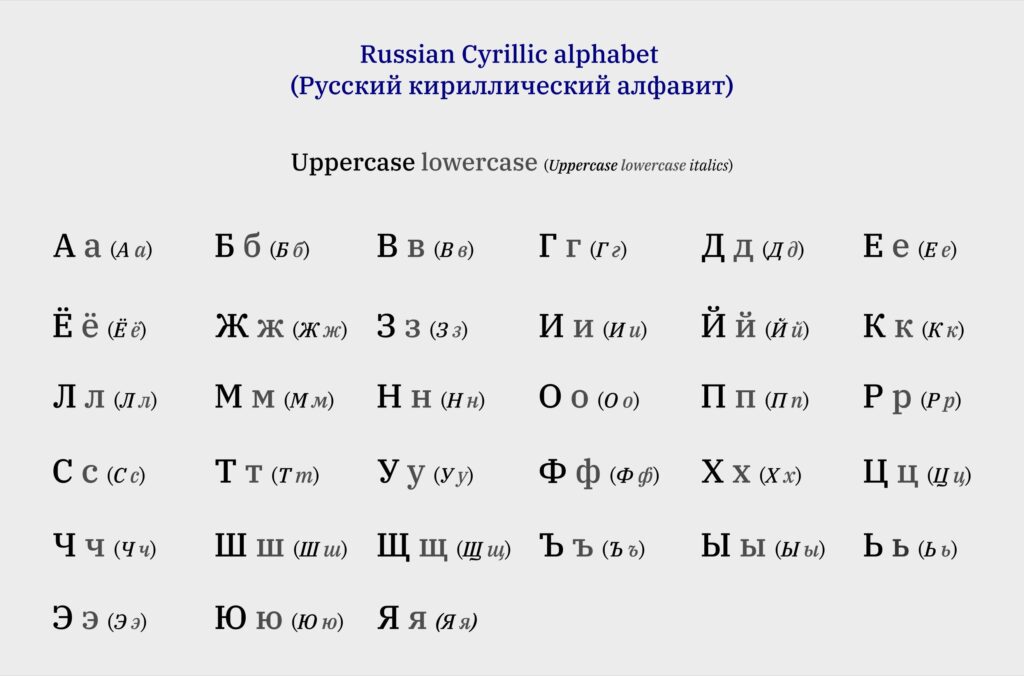
5. **Beyond the Alphabet: ‘D’ as a Numerical and Grading Symbol**The versatility of ‘D’ extends far beyond its fundamental role as a phonetic symbol in alphabets, venturing into the realms of mathematics, education, and standardized notation. It transforms from a letter into a numeral, a grade, and a fundamental identifier, showcasing its remarkable capacity for symbolic representation across diverse disciplines.
In the intricate world of hexadecimal (base 16) numbering, ‘D’ sheds its linguistic skin to become a numerical value. Here, it corresponds to the number 13 in our familiar decimal (base 10) counting system. This assignment is crucial in computer science and digital systems, where hexadecimal is widely used for representing binary data more compactly. The letter ‘D’ thus becomes a vital component in a system that underpins much of our modern technology, silently facilitating countless digital operations.
Historically, ‘D’ has held significant numerical weight as a Roman numeral. In this ancient system, ‘D’ proudly represents the number 500. This usage, dating back centuries, speaks to the enduring nature of classical notation and how letters, initially conceived for language, were elegantly repurposed for quantitative expression. It’s a tangible link to historical record-keeping and monumental inscriptions.
Moving into the realm of education, ‘D’ serves as a recognized grade in the school grading system. Typically positioned below ‘C’ but above ‘E’ or ‘F’, it signifies a level of performance that, while not exemplary, is generally considered passable or minimal. This commonplace application demonstrates how the letter is deeply embedded in societal structures, acting as a shorthand for evaluation and achievement within academic contexts.
Beyond these formal assignments, ‘D’ also appears in mathematical notation, as seen with ‘d(x)’, which signifies a differential in calculus, crucial for understanding rates of change. These diverse applications underscore ‘D’s’ evolution from a mere letter to a multi-functional symbol, capable of conveying precise, context-specific information across a wide spectrum of human endeavor. It illustrates its adaptability as a tool for classification and measurement, far removed from its initial phonetic purpose.
Read more about: From Ancient Origins to Global Significance: A Comprehensive Journey Through the Enduring Legacy of the Letter ‘D’

6. **Global Identity and Specific Shorthands: ‘D’ in Codes and Abbreviations**Beyond its core alphabetical and numerical functions, the letter ‘D’ takes on a fascinating array of roles as a shorthand, a code, and an identifier in various international and specialized contexts. It operates as a concise designator, streamlining communication and establishing clear, unambiguous markers across different fields.
Perhaps most visibly on the international stage, ‘D’ serves as the international vehicle registration code for Germany. This simple, single letter instantly communicates the country of origin for vehicles traveling abroad, a vital component of international traffic conventions. Concurrently, it’s also the top-level domain for Germany on the internet (.de), further solidifying its role as a key identifier for the nation in the digital realm. This duality showcases ‘D’ as a powerful symbol of national identity and connectivity.
In scientific and measurement contexts, a lowercase ‘d’ acts as a unit prefix, meaning ‘one tenth’. This allows for compact representation of fractions of standard units, such as a decimeter (dm) or a deciliter (dl), simplifying complex measurements into easily digestible forms. This utility in precision and brevity is a hallmark of ‘D’s’ diverse applications, enabling clarity in technical and scientific discourse.
Historically and culturally significant, ‘d.’ is the standard abbreviation for the British pre-decimal penny, derived from the Latin ‘denarius’. This abbreviation was an integral part of the ‘£sd’ currency system, a testament to the enduring influence of Latin in English monetary nomenclature. Even today, the memory of ‘d.’ evokes a sense of historical finance and a simpler, albeit different, era of commerce.
Furthermore, ‘D’ acts as a multifaceted abbreviation across numerous informal and specialized domains. In legal and historical records, ‘d’ frequently stands for ‘died’ or ‘death’, providing a concise marker for biographical details. In Stenoscript, it can represent ‘do’, ‘doing’, ‘did’, ‘done’, or even ‘dis-‘ and ‘des-‘, showcasing its adaptability in stenography. Within the world of cricket, ‘D’ signifies ‘declared’, while in crosswording, it points to clues that run ‘down’ the puzzle. Even in informal Malaysian text messages, ‘d’ can abbreviate ‘already’ to form perfect tenses, highlighting its chameleon-like ability to adopt new meanings and serve modern communicative needs. These varied roles underscore the letter’s incredible flexibility, allowing it to convey a wealth of information in the most compact form possible.
Having journeyed through the foundational aspects of the letter ‘D’, from its ancient genesis to its initial symbolic interpretations, we now venture deeper. Our expedition continues, poised to unveil the broader panorama of its extended family, specialized meanings, and its modern representations. This section aims to illuminate the intricate web of related characters, its functions in advanced mathematics, its digital encodings, and its far-reaching cultural significance.

7. **The ‘D’ Family Tree: Related Characters and Ancestors**The letter ‘D’ does not exist in isolation; it is part of a vast, interconnected linguistic family, a testament to its long history and adaptability across diverse writing systems. Its lineage extends back to the Semitic letter Dalet (𐤃), which served as the foundational ancestor for a remarkable array of characters we see today. From this ancient root, the Greek letter Delta (Δ δ) emerged, itself a parent to further descendants.
In the evolution of scripts, the Greek Delta directly influenced the Coptic letter Delta (Ⲇ ⲇ) and the Cyrillic letter De (Д д), showing how a single concept can branch into distinct yet related forms. Furthermore, the Old Italic D (𐌃), which is the direct ancestor of our modern Latin D, also spawned other fascinating relatives, including the Runic letter dagaz (ᛞ) and possibly the Runic letter thurisaz (ᚦ). This demonstrates a profound historical continuity, where linguistic innovations ripple across different cultures and eras.
Beyond these ancestral connections, the Latin alphabet’s ‘D’ has given rise to numerous descendants and related characters within its own system, often through the addition of diacritics or subtle modifications to serve specific phonetic needs. We find characters like Ɖ ɖ (African D), Ð ð (Latin letter Eth), and a host of ‘D’s’ with various diacritics such as Đ đ, Ɗ ɗ, Ḋ ḋ, Ḍ ḍ, Ḑ ḑ, Ḓ ḓ, Ď ď, and Ḏ ḏ. These variations underscore the nuanced phonetic landscapes of the languages that employ them, tailoring the letter to precisely capture their unique sounds.
Moreover, a rich collection of phonetic symbols derived from ‘D’ are utilized in precise linguistic transcription systems like the International Phonetic Alphabet (IPA) and the Uralic Phonetic Alphabet. Characters such as ɖ, ɗ, ᴅ, ᴰ, ᵈ, and other specialized forms (𐞋, 𐞌, 𐞍, ȡ, ᵭ, ᶁ, ᶑ) illustrate the scientific precision with which linguists dissect and document the intricate sounds of human speech. These related characters signify ‘D’s’ ongoing utility as a cornerstone for analytical phonetic representation, extending its reach far beyond its everyday alphabetical role.

8. **Digital ‘D’: Encoding and Representation in Computing**In the modern era, the letter ‘D’ has found a crucial home in the digital realm, where its precise encoding and representation are fundamental to global communication and information processing. The ubiquitous Latin letters ⟨D⟩ and ⟨d⟩ are assigned specific Unicode encodings, U+0044 for the capital and U+0064 for the lowercase. These standard code points are universally recognized, ensuring seamless display and data interchange across countless computer systems and platforms.
The digital world also accommodates the rich diversity of ‘D’s’ forms, including those with diacritics. While many of these are available as precomposed characters, the system allows for the creation of additional modified ‘D’s’ through the use of combining diacritics, ensuring that even the most specialized linguistic requirements can be met. This flexibility is vital for languages around the world that utilize variations of ‘D’ in their written forms, preserving their unique orthographies in the digital space.
Beyond standard text, Unicode provides unique code points for variant forms of ‘D’ tailored for specialist applications in fields like mathematics and science. These alphanumeric symbols, distinct from standard letters, allow for unambiguous representation of ‘D’ when it functions as a variable or a specific operator. Similarly, phonetic symbols derived from ‘D’ are assigned their own code points, critical for accurate representation of plosive sounds in linguistic research and documentation.
Furthermore, the digital ecosystem addresses legacy compatibility, particularly with East Asian languages. Halfwidth and fullwidth forms of ‘D’ exist to ensure proper alignment and rendering in contexts where older CJK (Chinese, Japanese, Korean) fonts were prevalent. This attention to detail in digital encoding highlights ‘D’s’ adaptability, affirming its indispensable role as a truly global character, capable of navigating the complexities of both human language and advanced computing.
Read more about: From Ancient Origins to Global Significance: A Comprehensive Journey Through the Enduring Legacy of the Letter ‘D’
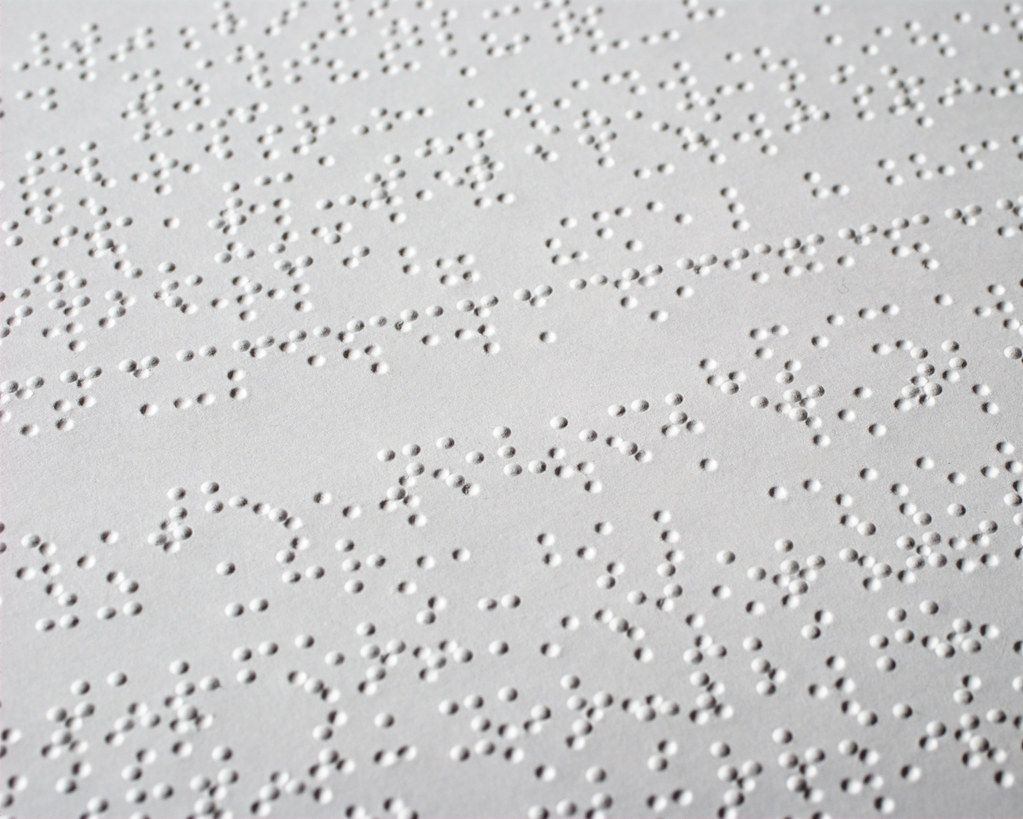
9. **Beyond Text: ‘D’ in Global Communication Systems**The influence of the letter ‘D’ extends far beyond written language, permeating various global communication systems that rely on visual, auditory, and tactile representation. In the critical domain of aviation and maritime communication, ‘D’ takes on a pronounced auditory form as “Delta” in the NATO phonetic alphabet. This clear and distinct pronunciation ensures that the letter is unmistakably conveyed, even amidst radio interference or language barriers, vital for safety and operational clarity.
For signaling across distances or for those with visual impairments, ‘D’ has equally robust and recognizable forms. In Morse code, it is represented by the rhythmic sequence `–··` (dash-dot-dot), a pattern that has echoed across telegraph lines and maritime channels for centuries. Visually, ‘D’ has specific configurations in signal flags and flag semaphore, allowing for non-verbal communication that transcends spoken language.
The tactile world of Braille also embraces ‘D’ with a unique pattern of raised dots: dots-145 (⠙). This tactile representation ensures that visually impaired individuals have full access to the letter, allowing them to read and write without impediment. The development of Unified English Braille further standardizes this, integrating ‘D’ seamlessly into a coherent system.
Moreover, ‘D’ is integral to manual alphabets used by deaf communities worldwide. In the American Manual Alphabet (ASL fingerspelling), ‘D’ is formed with an index finger pointing up and the thumb making a circle with the middle, ring, and pinky fingers. The British Manual Alphabet (BSL fingerspelling) offers a distinct two-handed sign for ‘d’, with the right hand holding index and thumb extended against the left hand’s extended index. These varied forms of ‘D’ in global communication systems underscore its profound cultural significance, demonstrating its role as a versatile signifier in an array of human interactions.
Read more about: Archaeologists Uncover 115,000-Year-Old Human Footprints Where They Shouldn’t Be: A Deep Dive into the Science of Discovery

10. **’D’ in Specialized Numerical and Mathematical Contexts**While ‘D’ holds numerical significance in hexadecimal (13) and as the Roman numeral for 500, its journey into quantitative realms offers even more specialized nuances, particularly within advanced mathematics and historical numbering systems. The Roman numeral system, a cornerstone of ancient record-keeping, provides a fascinating glimpse into the evolution of ‘D’s’ numerical role. While the capital ‘D’ represents 500, the lowercase ‘d’ also holds this value, often seen in older manuscripts or variant forms.
Intriguingly, the etymology of the Roman numeral ‘D’ is distinct from its alphabetical origins, reportedly deriving from tally stick markings. These markings resembled a superimposed Ɔ and ⋀, evolving from the practice of encircling each hundredth notch. This historical detail adds a rich layer to ‘D’s’ numerical identity, connecting it to practical methods of counting and record-keeping that predate formal alphabetization. Furthermore, the notation ‘d̅’ (a ‘d’ with a bar over it) dramatically expands its value, representing five hundred thousand (500,000), a powerful illustration of how context and modification can alter a symbol’s magnitude.
In the precise language of calculus, ‘D’ transforms into a fundamental operator. While ‘d(x)’ signifies a differential, the standalone symbol ‘ⅆ’ is specifically designated in Unicode as the derivative symbol. This elegant character represents the exact differential of a quantity, a concept central to understanding rates of change and accumulation. Its close cousin, the partial derivative symbol ‘∂’, extends this functionality to multi-variable calculus, denoting differentiation with respect to a single variable while holding others constant.
These mathematical applications elevate ‘D’ from a mere letter or general numeral to a precise, functional tool for scientific inquiry. They highlight its specialized meaning as a shorthand for complex operations and concepts, underscoring its indispensable role in disciplines that rely on rigorous quantitative analysis. The adaptability of ‘D’ to convey such abstract mathematical ideas is a testament to its enduring power as a symbol of profound utility.
Read more about: The Unseen Power of Nine: Exploring the Digit’s Profound Impact Across History, Science, and Culture
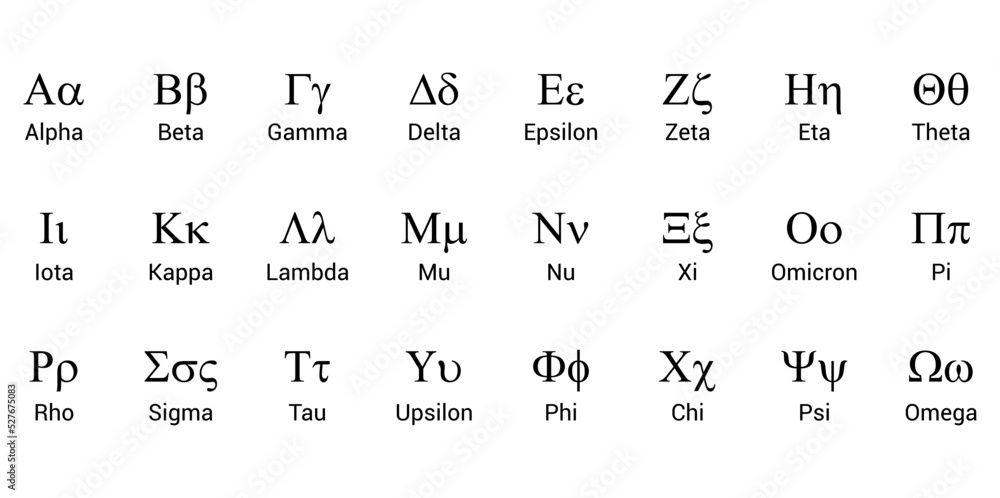
11. **Specific Symbolic Roles and Abbreviations of ‘D’**Beyond its phonetic and established numerical functions, the letter ‘D’ boasts a fascinating array of specific symbolic roles and abbreviations that are deeply embedded within various cultural, linguistic, and specialized domains. In East Asian digital communication, for instance, a capitalized ‘D’ was historically adopted by many Hong Kongers and Singaporeans to represent, meaning ‘a little bit’, due to early computer systems’ lack of comprehensive Unicode CJK support. This improvised usage demonstrates ‘D’s’ capacity to fill communicative gaps and adapt to modern needs.
Within the rigorous world of biblical scholarship, ‘D’ takes on a specialized identification role in the Gregory-Aland system for cataloging Biblical manuscripts. Here, ‘D’ can specifically refer to significant documents within the Western text-type tradition, such as Codex Bezae or Codex Claromontanus. This highly specific application showcases how ‘D’ can serve as a concise yet powerful marker in academic classification, pointing to vast bodies of historical and religious texts.
In financial mathematics, a lowercase ‘d’ can signify the annual effective discount rate, a critical variable in actuarial science and investment analysis. This specialized meaning allows for precise communication of complex financial concepts within a compact notation. Similarly, in the context of games, particularly role-playing games, ‘d’ is a widely recognized abbreviation for ‘dice’ or ‘die’, often preceding a number to indicate the type of die used (e.g., ‘d20’ for a twenty-sided die, ‘2d6’ for the sum of two six-sided dice).
‘D’ also surfaces in unexpected, yet culturally rich, specialized contexts. It serves as a measure for the size of nails, harking back to a historical system of measurement. In music, a capital ‘D’ designates the musical note ‘D’, a fundamental building block in scales and chords. It can even function as an ordinal number, representing the ‘fourth’ in a sequence derived from the alphabet’s order. These diverse, context-specific uses illustrate ‘D’s’ remarkable versatility, transforming from a simple letter into a rich tapestry of specialized meaning across a wide spectrum of human activity.
Read more about: Beyond ‘A’ for Apple: Unpacking the Epic Journey of the Alphabet’s First Letter
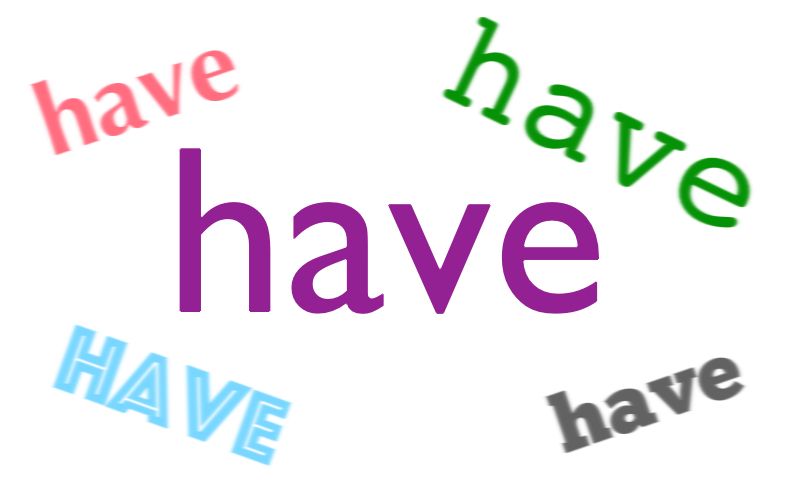
12. **Linguistic Diversity: Pronunciations of ‘D’ Worldwide**While the voiced alveolar or dental plosive /d/ is the most common sound associated with ‘D’ across Latin alphabet languages, its global phonetic tapestry is remarkably diverse, showcasing a fascinating spectrum of articulations and functions. This adaptability highlights ‘D’s’ integral role in shaping the unique soundscapes of numerous tongues, often subtly differentiating crucial phonemic contrasts.
Consider languages like Standard Chinese (Pinyin) where ‘D’ represents an unaspirated /t/, contrasting with ‘T’ for an aspirated /tʰ/. This functional distinction, also found in Icelandic, Scottish Gaelic, and Navajo, is vital for maintaining clarity within their phonological systems. Even more distinct are the sounds in languages like Dungan, where ‘D’ can represent a voiceless dental plosive /d̥/, or Chipewyan and Heiltsuk, where it marks a voiceless alveolar plosive /t/. These subtle shifts illustrate how languages repurpose familiar symbols to capture unique phonetic textures.
The versatility of ‘D’ extends to more complex articulations. In Portuguese, for instance, ‘D’ can represent not only /d/ but also the affricate /d͡ʒ/, as in the ‘j’ sound in ‘judge’. This demonstrates how a single letter can encompass multiple phonetic realizations, enriching the overall sound system. Fijian provides another distinct example, where ‘D’ is pronounced as a prenasalized stop /ⁿd/, combining a nasal and a stop sound into a single unit, a feature that adds a unique texture to the language.
Beyond these specific examples, the simple presence of ‘D’ in the alphabets of 65 languages—from Albanian to Zulu, including Spanish, Turkish, and many more—underscores its fundamental importance as a cross-linguistic workhorse. Each language imbues ‘D’ with its specific phonetic rules and contextual nuances, collectively painting a vibrant picture of its global journey. This broad adoption and phonetic flexibility cement ‘D’s’ status as a truly dynamic and culturally significant component of human communication.
Our journey through the multifaceted world of the letter ‘D’ reveals far more than just a simple mark in an alphabet. From its ancient, almost mythical origins rooted in pictographs to its indispensable role in the complex algorithms of modern computing, ‘D’ stands as a testament to the enduring power and adaptability of human symbols. It has evolved, transformed, and resonated across millennia, embodying a silent yet profound influence on our communication, knowledge, and culture. Truly, ‘D’ is not just a letter; it is a vital, living thread woven into the very fabric of our shared human story, an eloquent, understated marvel that continues to shape how we understand and express the world around us.



